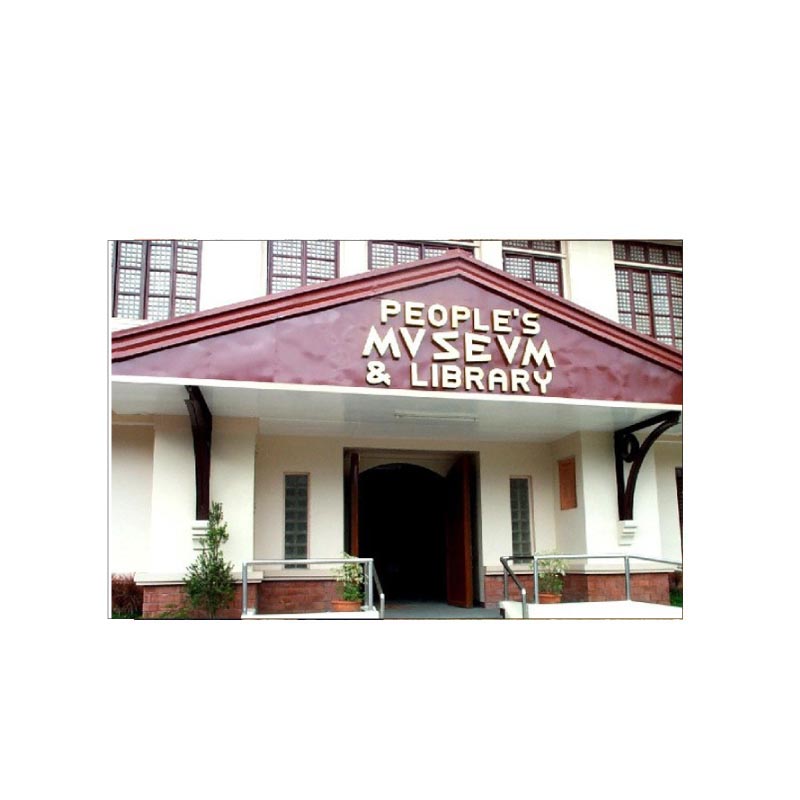It’s summer time once again and we clamor for things to do! Tulay highlights some museums that are slightly off the beaten path. Should you find yourself in their neighborhoods, do drop in.
LUZON
 PALAWAN HERITAGE CENTER
PALAWAN HERITAGE CENTER
Modern Art Museum in Puerto Princesa City
Provincial Legislative Building, Fernandez Street
Puerto Princesa City, Palawan
(048) 434-7524 | https://www.facebook.com/PalawanHeritageCenter/
Museum hours: Mondays to Fridays, 8 a.m. to 5 p.m.
A 480-square meter interactive museum that opened last June 23, 2012 and conceptualized by the Provincial Cultural Office under the Office of the Governor, the Palawan Heritage Center hopes to preserve and to promote the rich cultural heritage of the province that has evolved through time, considering that Palawan is home to different ethno-linguistic groups like the Batak, Palaw’an, Tagbanua and Tao’t Bato; and also a melting pot of various migrants from many different regions. It showcases the life, rich culture and history of the proud Palaweños who consider Palawan their home and haven. The PHC is educational, highly informative, and entertaining. It contains artifacts as old as 300 years, old photos, life-sized dioramas, interactive modules like holograms, computerized touch screens, information kiosks, maps and learning stations that make it more interesting and a high tech educational venue for Palaweños and local and international visitors. It tells the story of Palawan in the context of Philippine history, which hopes to create awareness of the province’s rich cultural heritage, history, its natural resources, its diverse peoples, which would lead to the appreciation of the province from a historical, artistic, environmental and economic viewpoint.
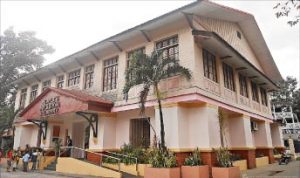 PEOPLE’S MUSEUM AND LIBRARY
PEOPLE’S MUSEUM AND LIBRARY
A. Dela Cruz Street, Don Tomas Maddela, Bayombong, Nueva Vizcaya
(078) 321-2609, 805-3970
Museum hours: Mondays to Sundays
People’s Museum and Library can be found in Bayombong, standing beside the Saint Dominic Cathedral, in Nueva Vizcaya.
The museum is a two-storey historical building which houses the Novo Vizcayano’s history and heritage. The former seat of the provincial government now showcases the culture and tradition of the tribes of Nueva Vizcaya.
VISAYAS
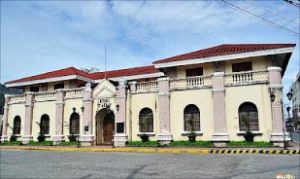
MUSEO IT AKEAN
Martelino Street, Kalibo, Aklan
(036) 268-9260
Museum hours: Tuesdays to Sundays, 8 a.m. to 5 p.m.
The Museum of Aklan (Museo It Akean) is a credible story teller about Aklan and her people, their culture and historical heritage, their economic and social achievement. Protected within its halls are many historic and cultural artifacts that showcase the unique and colorful history shared by the people of Aklan. The original edifice was erected in 1882 by the Spanish authorities as a school house of the people of Kalibo and neighboring towns. It was popularly known as Escuelahan It Hari (School of the King). It has been used in varied manners such as trial sala, auditorium, garrison and warehouse.
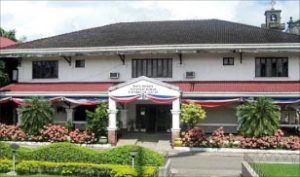 SANTA BARBARA CENTENNIAL MUSEUM
SANTA BARBARA CENTENNIAL MUSEUM
Rizal and Taft Streets, Santa Barbara, Iloilo
(033) 523-8000, 523-9955 | [email protected]
Museum hours: Mondays to Fridays, 8 a.m. to 5 p.m.
The Santa Barbara Centennial Museum was built in 1998 as part of the Centennial Freedom Trail Site Project of the Philippine Centennial Commission. The museum houses antiques, artifacts and photos that tell the story of Santa Barbara’s proud historical heritage and its rich legacies in the arts, science and culture, and the work with nature. The museum has two wings: the left wing is the historical wing while the right wing has been designated as a gallery for changing exhibitions. A special feature of this museum is its digital guide. Install a QR code reader and visitors can start scanning the codes printed on markers in select artifacts.
 MUSEO NEGRENSE DE LA SALLE
MUSEO NEGRENSE DE LA SALLE
University of St. La Salle, Gate 1, Lungsod ng Bacolod, Negros Occidental
(034) 434-5998, 434-6100 local 186 | [email protected]
Museum hours: Mondays to Fridays, 9 a.m. to 5 p.m.
Museo Negrense de La Salle is located within the campus of the University of St. La Salle – Bacolod beside the St. La Salle Coliseum. It is a 30-minute ride from both the airport and pier. It is the only school-based museum in Western Visayas, and a venue for history, culture, art studies and field trips. It was in 1997 that the museum was officially named Museo Negrense de La Salle. The administration decided to fuse the University Research Institute with the repository and the addition of artifacts and relics donated by the Vega Family under the care of Cecile Nava, PhD. Through the efforts of former University president Bro. Gus Boquer, FSC, together with the management of the museum and the generosity of the patrons and donors, the museum collection grew significantly over the next six years. As one enters the museum, the changing gallery welcomes every guest with a monthly chosen theme that showcases various works of local artists using different mediums. However, the heart of the museum lies within the walls of its galleries where history has been written with a past that has remarkably shaped communities.
MINDANAO
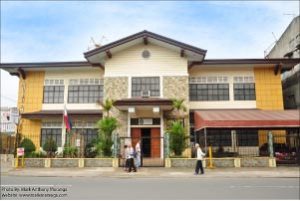
MUSEO DABAWENYO
Andres Bonifacio Rotunda, Poblacion District, Davao City, Davao del Sur
(082) 222-6011 | [email protected]
Museum hours: Mondays to Saturdays, 9 a.m. to 6 p.m.
Opened in 2008, this museum and gallery focuses on the people, history, art and culture of Davao. Museo Dabawenyo is a City Government of Davao facility and is being run in collaboration with the private sector. It is a “peoples’ museum” and its programs are geared towards better historical and cultural awareness, understanding and integration. The Museo Dabawenyo is the former Court of First Instance constructed in 1953 along Magallanes Street, now A. Pichon Street. In 1993, when the court transferred to Ecoland, it became the office of the Davao City Disaster Coordinating Council. In 2005, Soledad “Nanay Soling” Duterte spearheaded the creation of a Museo Dabawenyo Project Team headed by then mayor Rodrigo Duterte and with working committees composed of selected City Government officials together with experts in the field of architecture, history, culture and arts from the private sector. This team was tasked to do the conceptualization and planning for the museum, including the reconstruction and restoration of the old CFI building where the museum would be located.
In 2005, the building was demolished to make way for the construction of the museum the following year. The museum building was completed in 2007. On Nov. 15, 2006, Duterte signed into law City Ordinance No. 266-06, “An Ordinance Establishing the Museo Dabawenyo, Providing for its Permanent Home and for Other Purposes.” The ordinance was sponsored by then councilor Susan Isabel Reta, the chairman of the Committee on Tourism and Beautification.
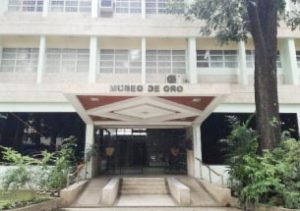 MUSEO DE ORO, XAVIER UNIVERSITY
MUSEO DE ORO, XAVIER UNIVERSITY
Corrales Avenue, Cagayan de Oro
(08822) 723-116 | www.facebook.com/pg/xumuseodeoro
Museum hours: Mondays to Fridays, 8 a.m. to 5 p.m.
In August 1967, Fr. Francisco R. Demetrio, SJ started and founded the Xavier Folklife Museum, initially as an audiovisual aid in teaching Cultural Anthropology and Folklore, which eventually evolved into what is known today as Museo de Oro. In 1968, the museum was moved to two renovated rooms on the first floor of the Lucas Hall Building, one of which became the office and library of the Philippine Studies Department. Over the years, the museum collection increased and after 17 years, a three-storey modern building was constructed through the donations and help of Fr. Demetrio’s former students and friends, as well as the support of Xavier University administration. It was inaugurated on July 6, 1987 by the late President Corazon C. Aquino. The new building became the permanent house for the museum collections together with the archival documents on local history and folklore. The Museo de Oro was also intended to serve as a research center on ecumenism and inculturation, besides folk literature. After the demise of Fr. Demetrio in 1996, the Museo de Oro continued to open its doors to varied visitors – students and interested public. However, there was not much activity except for viewing of the exhibits. In 2005, Fr. Jose Ramon T. Villarin, SJ, former president of XU, gave full support for the renovation and revival of Museo de Oro. In 2011-2012, Fr. Roberto C. Yap, SJ, the new president of XU, approved the renovation’s final phase. The museum aligns its mission to the cultural formation thrusts of the university: to engage in the education of the young people specifically the students; to preserve and conserve the traditional cultural heritage of Mindanao and archival documents on local history; and to serve as a center for indigenous people’s studies and local history in Mindanao. The newly renovated Museo de Oro building, completed in September 2014, now houses the two most important sections: the Ethnohistory of Northern Mindanao and the Ethnology of Mindanao.
